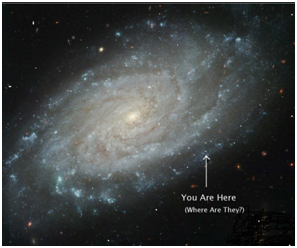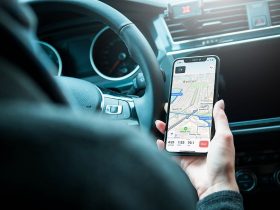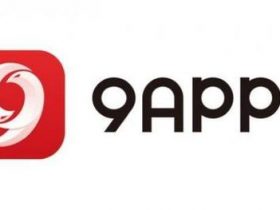There are the five basic questions: Who? Where? What? Why and How? And of these perhaps the most important, certainly the most disturbing is: Where? Where are my keys? Where has he gone? Where the hell am I? We are geospatial creatures evolved to live in and interact with a physical environment in a physical space. We not only need to know where other things, other people are, we also need to know where we are in relation to them, and ideally, where they are in relation to each other. We were made for maps.

Maps help us make these connections with people, places and things too far away to be experienced directly by our senses. Maps are a geospatial representation of our geospatial world, a much closer approximation to the way we experience the world directly than the written or spoken word, especially with the technologies available now.So they area logical way to store, organise, access, and use digital information that has some spatial significance.
An essential element in making and using maps to connect us to other people or things ishaving access to comprehensive relevant datasetsor being able to create one specific to the particular business, organisation or individual, a list of actual or potential clients for example. Using batch geocoding services this can be accomplished quickly and easily from existing digital documents processing multiple documents at a time.Geocodingtranslates an address or postcode in adocument into coordinates on the earth’s surface which enables it to be displayed on a map and used for location based services.
The basis of creativity is said to be the ability to make connections. Because maps reflect the geospatial world we experience, displaying informationon a map can reveal connectionswe wouldn’totherwise recognise, making it easier to identify new opportunities, anticipate trends and find creative solutions to problems.Because we understand maps on an almost instinctive level, information in map form can also be assimilated more quickly, understood more readily. This makes maps ideal for managing information in emergencies such as bushfires, natural disasters and epidemics where information is constantly being updated and a rapid response is often required. Maps canalso be used to emphasis the seriousness of a situation, for example environmental and conservation issues, where one mapcan speak a thousand words.

NASA Map of Fires Detected Sept 28th – Oct 7th
Many people say wehave five basic senses through which we experience the world around us: sight, hearing, taste, touch and smell, but there are additional senses that are less well known. In a digital environment taste, touch and smell are absent.Often the only one of the five that we use issight. This reduces our sense of reality and interaction and diminishes the overall experience. Maps help offset this, enhancing our digital experiences by making them seem more natural, more comfortable and relevant. The closer maps come to reflecting the real world, the better the experience. 3D maps are useful in this respect. Interactive maps and the real time information of location based appsmay help by stimulating what some claim is another sense, our sense of time.
There are two other senses thatareimportant in our interactions in physical space. One is our sense of balance; the other our kinaesthetic sense, our awareness of our own body’s movement, direction and acceleration. These are the senses that make us aware of our own physical place in the world but they can seem irrelevant when we are physically far removed from the objects or people we are connecting with. Thatin turn can lead to feelings of dislocation and disassociation, we can feel lost, our place in the scheme of things uncertain.And what use is a map if we don’t know where we are?
Which brings us to one last sense that isdefinitely worth a mention: although it is not formally recognised as such. And that is our sense of direction. For those of uswho are directionally challenged the most relevant, most important map is the one provided by a navigation service. Never again that hollow feeling of despair as we look around and realise we are lost yet again. One glance at the map and reassurance is immediate “You are here”.

























